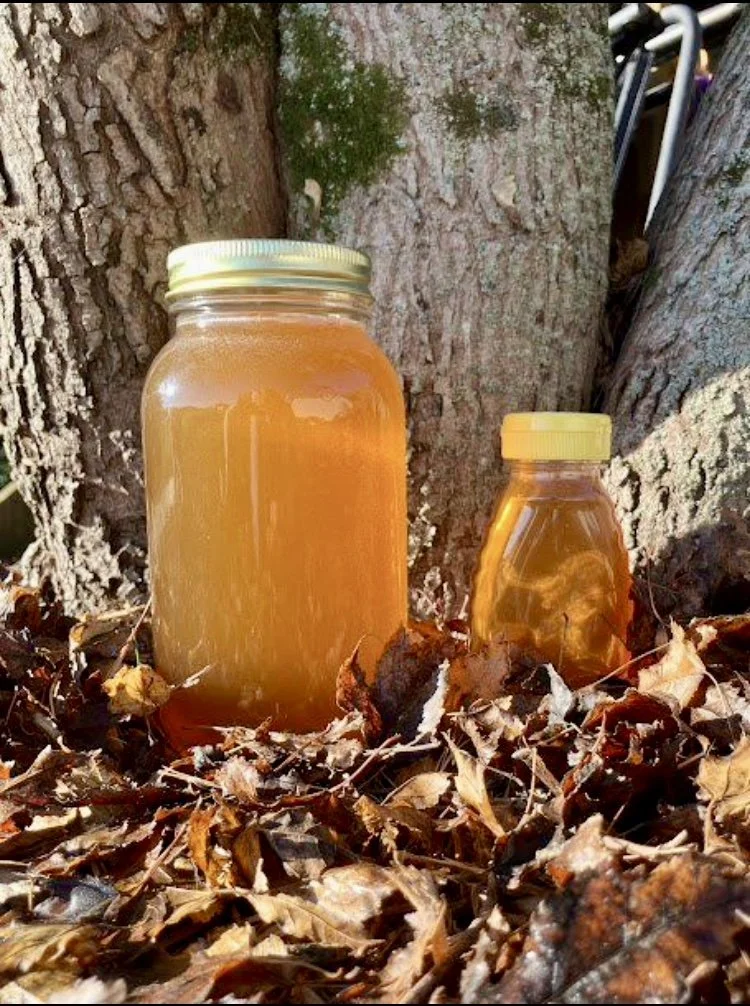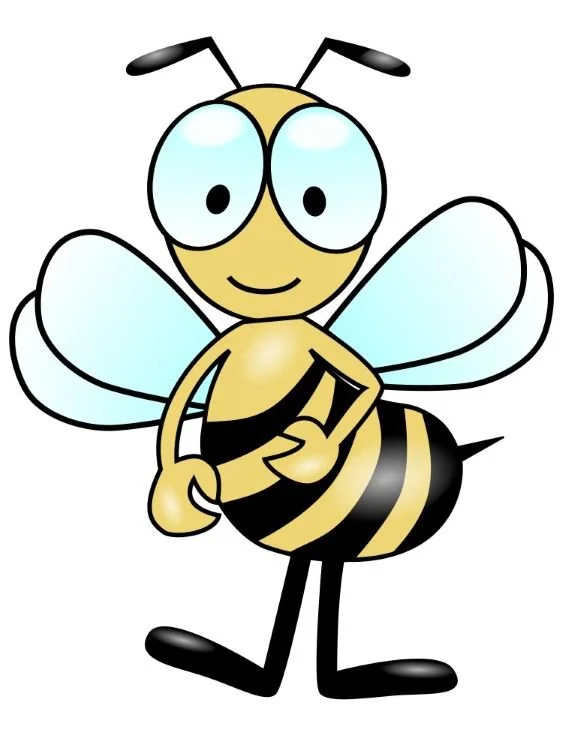November 2025
Fall is officially here and we have set our clocks back. The longer nights mean a bit more sleep for the weary farmers, whose routine is dictated by opening up the barn when the sun rises and closing it when it sets. The chickens will begin laying fewer eggs, the bees will get ready for the winter and the alpacas’ fleece production will ramp up. With the Holiday Season fast approaching, we have been working extra hard spinning yarn to knit into our warm & comfortable neck cozies & ear warmers. One would think that the cold weather and shorter days mean less work, but it is just the opposite on an alpaca farm! But no matter how hectic and stressful things get during this busy season, we are always grateful for the opportunity to do what we love and provide quality products to our farm friends.
We harvested our fall honey, and we are thrilled with the flavor. The honey we get in the fall is always darker and less sweet than the spring, but the complex flavor of this year’s harvest is truly unique. With a subtle, less pronounced clover flavor than we usually get, it nevertheless boasts a layered, deep flavor compliments of the amazing Astor crop we had this year. The bees are responsible for propagating the plants that they prefer, visiting their favorites often and spreading the pollen. While weather can be a factor in how many pollenating plants occupy our bee yard, the bees themselves are mostly the caretakers of their garden. We anticipate selling out of the fall honey, which is a perennial favorite. Make sure to order yours today so you don’t miss out!
Speaking of honey…we have a new feature on our Honey page. “Bee-lieve it or not” is a new section where we provide a fun fact about bees and beekeeping. These fascinating insects are a wealth of curious facts, and we learn something new about them every day. The facts will be updated frequently so make sure to check in often so you don’t miss any fun facts!
While our delicious honey is the main crop we get from our apiary, we harvest the beeswax as well. As sustainable farmers, we only use the wax cappings that must be removed from their frames in order to get to the honey. We process this wax to make it clean and pure, and use it in a number of hand-made products such as our great tasting lip balm and healing hand salve. We also make all-natural fire starters and we sell the wax in 1 ounce bars so our customers can make amazing products of their own. Beeswax is known to have antimicrobial properties. It contains hydrocarbons, which prevents microbes from penetrating the skin. It really is a miracle of nature. Check out our beeswax-based products on our Products page to learn more.
Craft fair season continues. We had 3 successful shows so far, and we have 3 more to go. To keep up our inventory, we have been spinning the alpaca fleece into yarn almost every day! Since all our fleece is hand-dyed, hand-spun & hand-knitted, it takes a lot of time & effort. But it is all worth while to be able to offer unique quality items to our customers and friends. Learn about what it takes to turn fleece into scarves on The Art of Fiber page.
Remember—Life is short…live happy!



